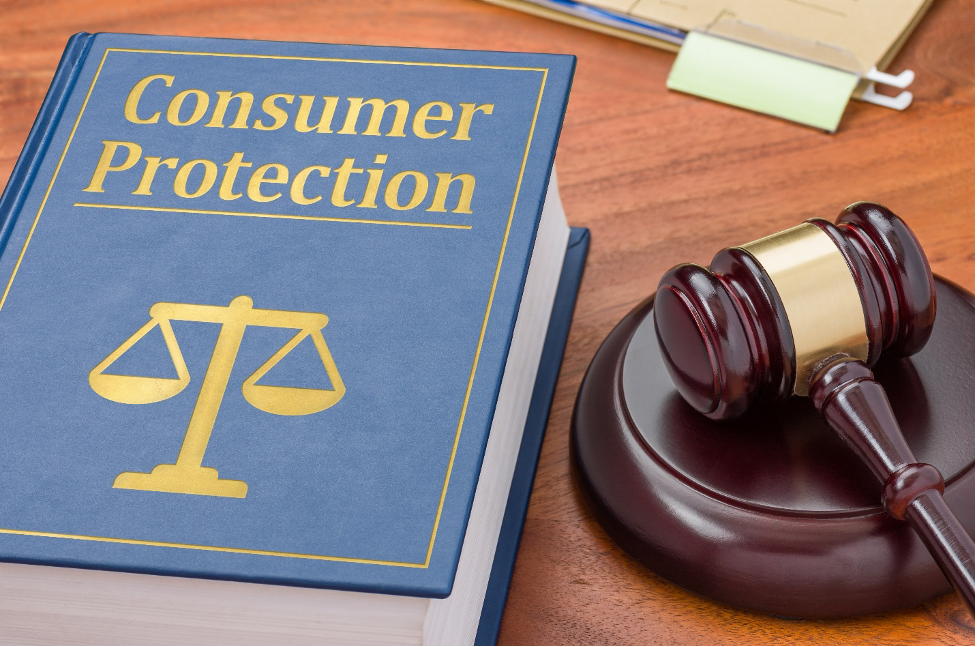Market Conduct Harm
Understanding Harm In the Market Place
The following provides the reader with a general sense of what a Market Conduct regulator will do in identifying and addressing harm resulting from retail Market Conduct issues / risk events.
Aside from understanding the activities of the retail Market Place, a regulator uses that knowledge to identify Market Conduct risks associated with financial activities, products and services being sold as well as potential misconduct and non-compliance with laws. The regulator must evaluate and consider the potential probability and frequency of a particular risk event occurring and the extent / impact / seriousness of Harm that would occur to consumers and the Market Place. With consideration of these factors, the regulator will then prioritize the inventory of potential risk events in terms their significance and assign its limited supervisory resources to monitor, inspect and implement mitigating actions in line with the prioritization.
The following steps explain the usually steps taken in evaluating the impact of Harm being done.

Identify the types of potential harm:
- Economic / Financial harm: Did the event cause direct financial costs to the consumer? Or deny the consumer an economic gain?
- Reputational harm;
- Harm due to denial of product, service or opportunity;
- Harm to consumers caused by the inability to carry out or complete an action; (E.g. freeze payment cards and account due to fraud or scams in a timely fashion).
- Future Harm that may occur as a result of another risk event such as a data breach of personal; information, criminal activities such as identity theft, mortgage fraud, etc. A data breach presents the possibility that a consumer may suffer potential harm at some future point in time from identity theft and / or fraud.
Determine the Extend of potential harm:
- Is the type of harm actually quantifiable? Can the actual loss be measured or quantified and by what methods?
- Is the types of harm not quantifiable? If the harm done cannot be determined by some measure or quantity, can one describe the consequences, limit or parameter around the extent of the harm?
- Is the type of harm only a theoretical? If theoretical, what are the odds of it actually occurring and to what extent?
Analyze the facts:
- Is there an identifiable and documented amount of financial / economic harm done?
- Is there non-quantifiable harm claimed? Explain.
- What is the future potential for harm, if any?
- Can the harm be easily and quickly corrected, in whole? In part? Explain how; or is there irreparable harm? Explain why.
- Number of consumers potentially affected? Is there a chance of a broad based / industry wide systemic risk?
- Identify and explain the likely root cause of the risk event. Was harm caused by carelessness, simple errors or omissions, negligence, an absence of due diligence, or non-compliance with policies, procedures, or the law.?
Simple Scale for Prioritizing:
|
FACTORS TO CONSIDER AS TO THE SIGNIFICANCE OF THE RISK |
RISK RATING SCORE 1. High 2. Moderate 3. Low 4. None identified |
|
1. Probability |
|
|
2. Frequency |
|
|
3. Extent / Impact / Seriousness of Harm Done |
|
|
AVERAGE |
|
Example
- High: Risk event will occur, involves substantial impact on many consumers with significant harm done; likely with irreparable harm created.
- Moderate: Risk event will occur, involves moderate impact on one or more consumers with moderate harm done; harm can be corrected over time but may have some irreparable harm.
- Low: Risk event will occur frequently but involves low impact on few consumers with low harm done; harm can be corrected easily and quickly.


